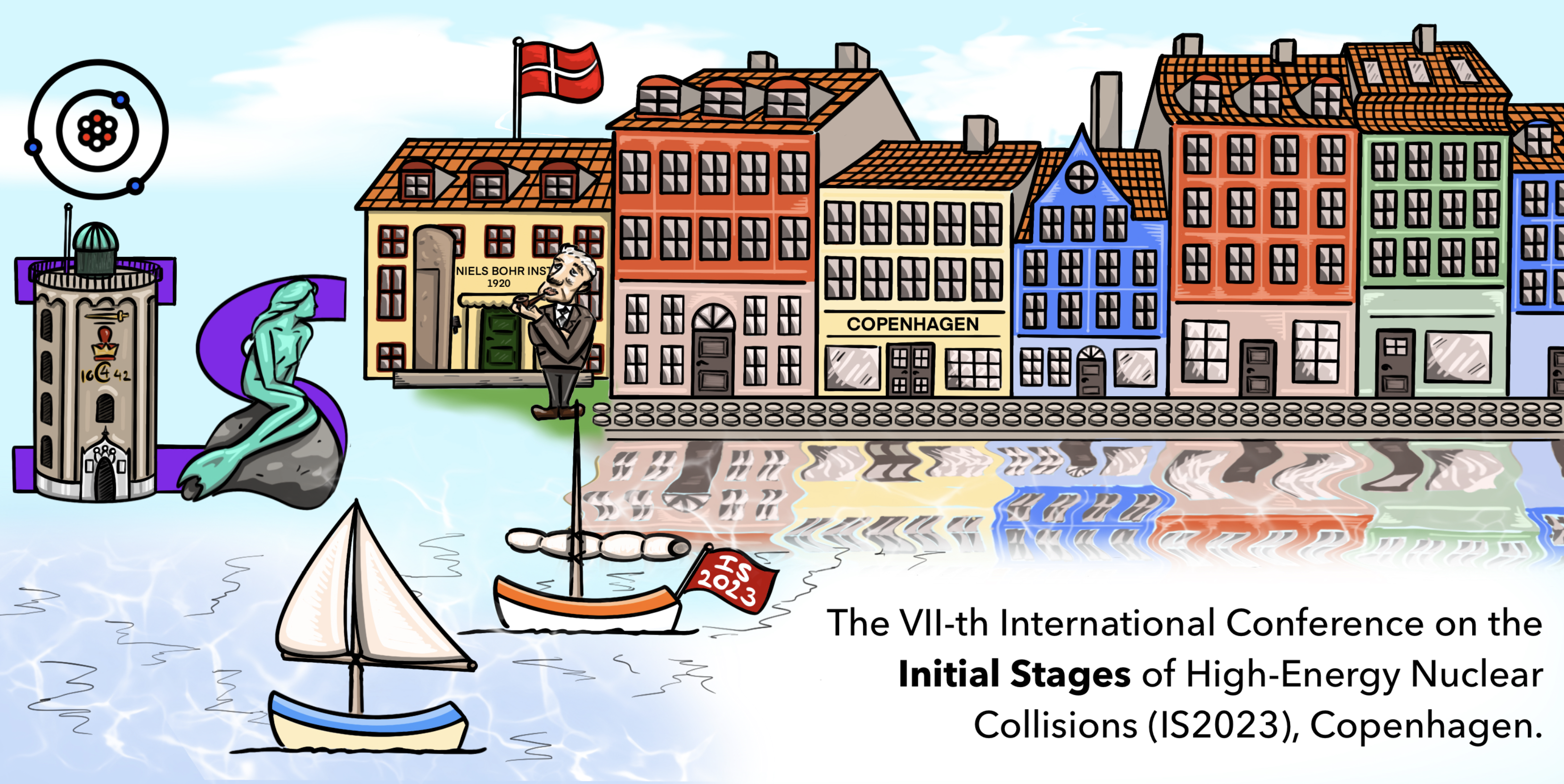Speaker
Description
Properties of quark-gluon plasma (QGP) have been studied in high-energy nuclear collisions. Since one needs to describe the dynamical processes of collisions, dynamical and phenomenological models are indispensable to scrutinizing the QGP properties through experimental data. Especially there are a lot of recent works with Bayesian analysis to extract quantitatively, for instance, transport coefficients from comparisons between dynamical models and experimental data. Given these recent developments, one needs dynamical models which can be directly compared with experimental data such as Monte Carlo event generators. This motivated us to develop the Dynamical Core-Corona Initialization framework (DCCI2), which is a unified picture from small to large colliding systems [1,2].
In DCCI2, QGP fluids are generated from initial partons obtained from PYTHIA/PYTHIA Angantyr [3,4] which reflects the total energy-momentum of incoming nuclei. We phenomenologically describe the dynamical equilibration of the initial partons based on the core--corona picture. Partons with sufficient secondary scatterings tend to generate QGP fluids (core) as equilibrated matter. While partons with insufficient secondary scatterings tend to survive as non-equilibrated matter (corona). This framework is, so to speak, the hydrodynamic afterburner for PYTHIA. By treating both locally equilibrated QGP fluids and non-equilibrated matter, DCCI, as a hydro-based Monte Carlo event generator, is capable of describing from low to high $p_{\mathrm{T}}$, from backward to forward rapidity, and from small to large colliding systems.
In this talk, we investigate the interplay between core and corona components in p--p at $\sqrt{s}=7$ TeV and Pb--Pb at $\sqrt{s_{\mathrm{NN}}}=2.76$ TeV with DCCI2. The fraction of the equilibrated system in the early stages of collisions is determined so that our framework describes the smooth enhancement of strange hadrons along multiplicity reported by the ALICE Collaboration. With this, we reveal that the particle production from the core becomes dominant above $\langle dN_{\mathrm{ch}}/d\eta \rangle \sim 20$ regardless of the system size and the collision energy. Remarkably, we also reveal that the corona components dilute the absolute value of $c_2\{4\}$ that is purely obtained from the core components even in Pb--Pb collisions in which the entire system is often assumed to be locally equilibrated.
These results urge the necessity of considering both equilibrated and non-equilibrated components in both small and large colliding systems to properly understand the QGP properties.
[1] Y. Kanakubo, Y. Tachibana, and T. Hirano, Phys. Rev. C105 2, 024905 (2022).
[2] Y. Kanakubo, Y. Tachibana, and T. Hirano, Phys. Rev. C106 5, 054908 (2022).
[3] T. Sjöstrand, S. Mrenna, and P. Z. Skands, Comput. Phys. Commun. 178, 852 (2008).
[4] C. Bierlich, G. Gustafson, L. Lönnblad, H. Shah, JHEP 10 134 (2018).
| What kind of work does this abstract pertain to? | Theoretical |
|---|---|
| Which experiment is this abstract related to? | Other |
